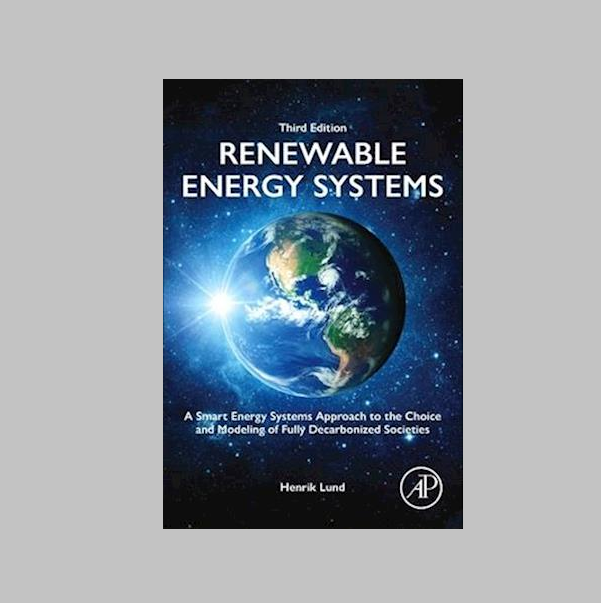Energy Model of Italy and Penetration of Renewable Energy (2010)
Authors:
Alessandro Franco, Pasquale Salza
In 2009-10, Professor Alessandro Franco, together with Pasquale Salza from the University of Pisa, used the EnergyPLAN model for analysing the perspectives of integration of a renewable energy system in the field of a complex energy system like the Italian scenario. The aim of this study has been to show the potential of an integrated analysis in studying and planning large scale energy systems, especially focusing on high penetration of non-dispatchable renewable energy sources (RES) scenarios. The whole Italian energy system is taken as a realistic case study and modelled with the support of the EnergyPLAN computer tool after an accurate analysis of its complex structure and after reprocessing available data from various sources in a way suitable for being used as input into the software itself.
The work clearly shows how only an integrated analysis method, which takes into account both the electricity, transport and thermal sectors, can highlight possible sensible Primary Energy Saving. This reduction can vary from the level of 1 MTpe (of about 180 of total energy balance), considering the single effect of RES penetration in the electricity sector, up to 7-8 MTpe, considering an integrated strategy that considers possible sensible variation in all three main energy sectors with a penetration of intermittent RES up to a level of 27000 MW installed (versus the present 5000 MW), an increase of industrial CHP of 50 percent (from the actual 20 TWh to 30 TWh) and the introduction of an amount of electrical vehicles of about 20 percent.
Contact
If you experience further challenges using the model that are not answered in any one of pages at the site, you are more than welcome to contact us and we will try to help you.
Email us hereBook, 3rd Edition out now

3rd Edition Renewable Energy Systems – A Smart Energy Systems Approach to the Choice and Modeling of Fully Decarbonized Societies
By Professor Henrik Lund
List price: USD 100.00 / GBP 76.76 / EUR 87.20
Buy here